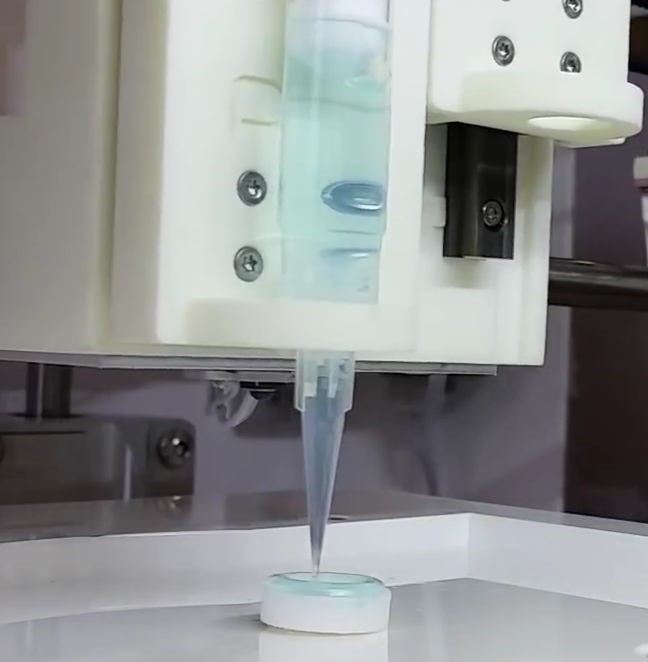First 3D-printed human corneas
May 31, 2018
Scientists at Newcastle University have created a proof-of-concept process to achieve the first 3D-printed human corneas (the cornea, the outermost layer of the human eye, has an important role in focusing vision).*
Stem cells (human corneal stromal cells) from a healthy donor’s cornea were mixed together with alginate and collagen** to create a “bio-ink” solution. Using a simple low-cost 3D bio-printer, the bio-ink was successfully extruded in concentric circles to form the shape of a human cornea in less than 10 minutes.
They also demonstrated that they could build a cornea to match a patient’s unique specifications, based on a scan of the patient’s eye.
The technique could be used in the future to ensure an unlimited supply of corneas, but it will be several years of testing before they could be used in transplants, according to the scientists.
* There is a significant shortage of corneas available to transplant, with 10 million people worldwide requiring surgery to prevent corneal blindness as a result of diseases such as trachoma, an infectious eye disorder. In addition, almost 5 million people suffer total blindness due to corneal scarring caused by burns, lacerations, abrasion or disease.
* This mixture keeps the stem cells alive, and it’s stiff enough to hold its shape but soft enough to be squeezed out of the nozzle of a 3D printer.
Reference: Experimental Eye Research. Source: Newcastle University

